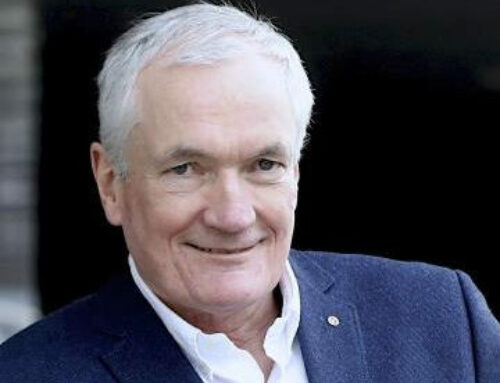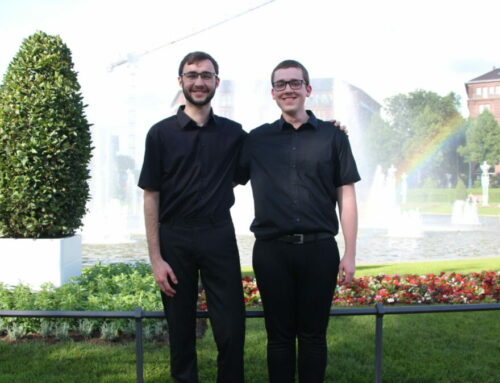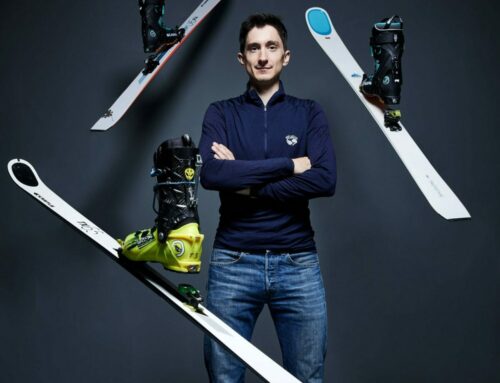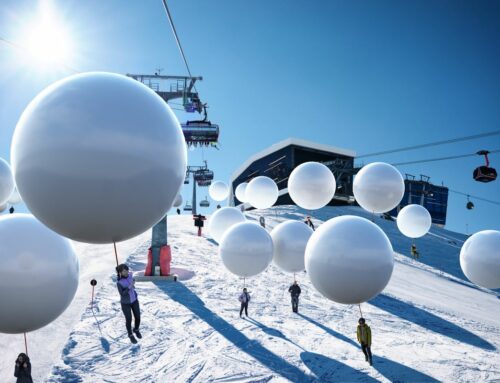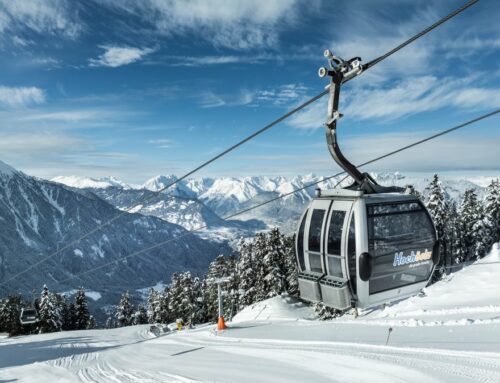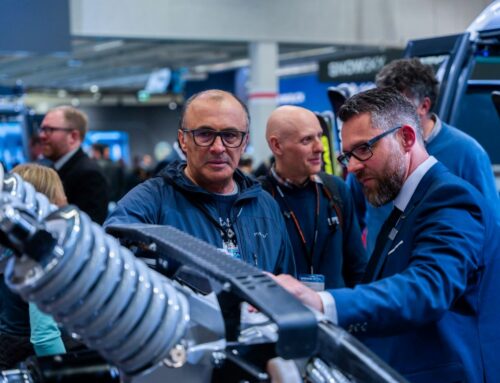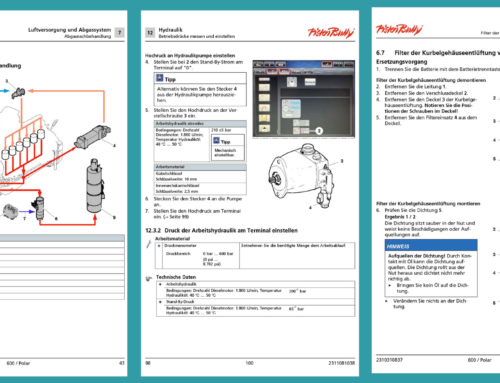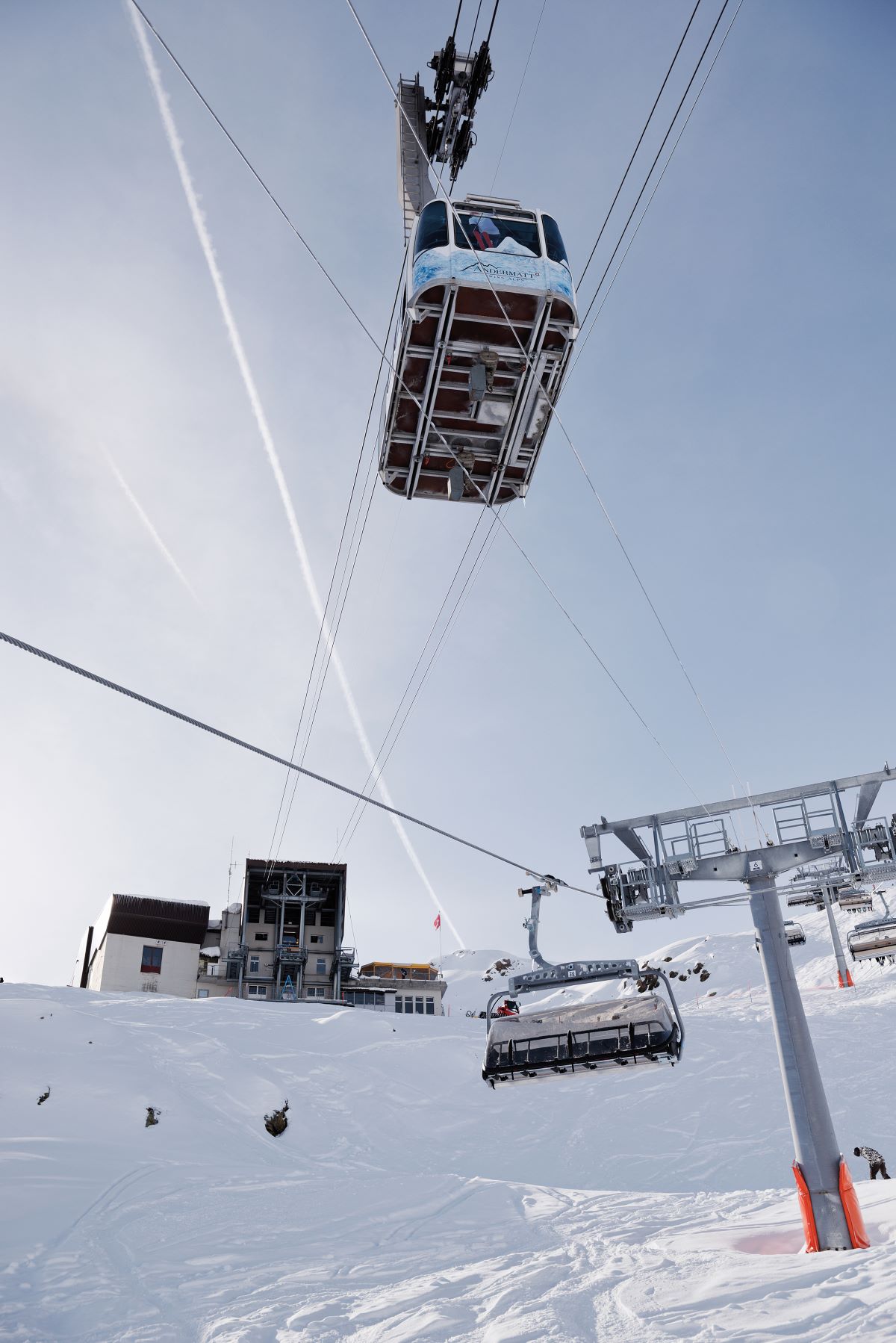
Digitalisation & Innovation, SI World 1/2024
Pollux: Digital alpine twin
Which cable car should I build where? Which location is ideal for a restaurant? Which slopes are overcrowded? How do guests react if I reduce the speed or hang fewer chairs on the rope? Ski resort operators face many strategic questions – and often decide based on gut feeling.
However, a data-based, AI generated simulation would always be the better basis for decision-making. The two Swiss companies REMEC and PROSIM have developed exactly such a tool with POLLUX.
Pollux
The map illustrates visitor flows on the mountain.
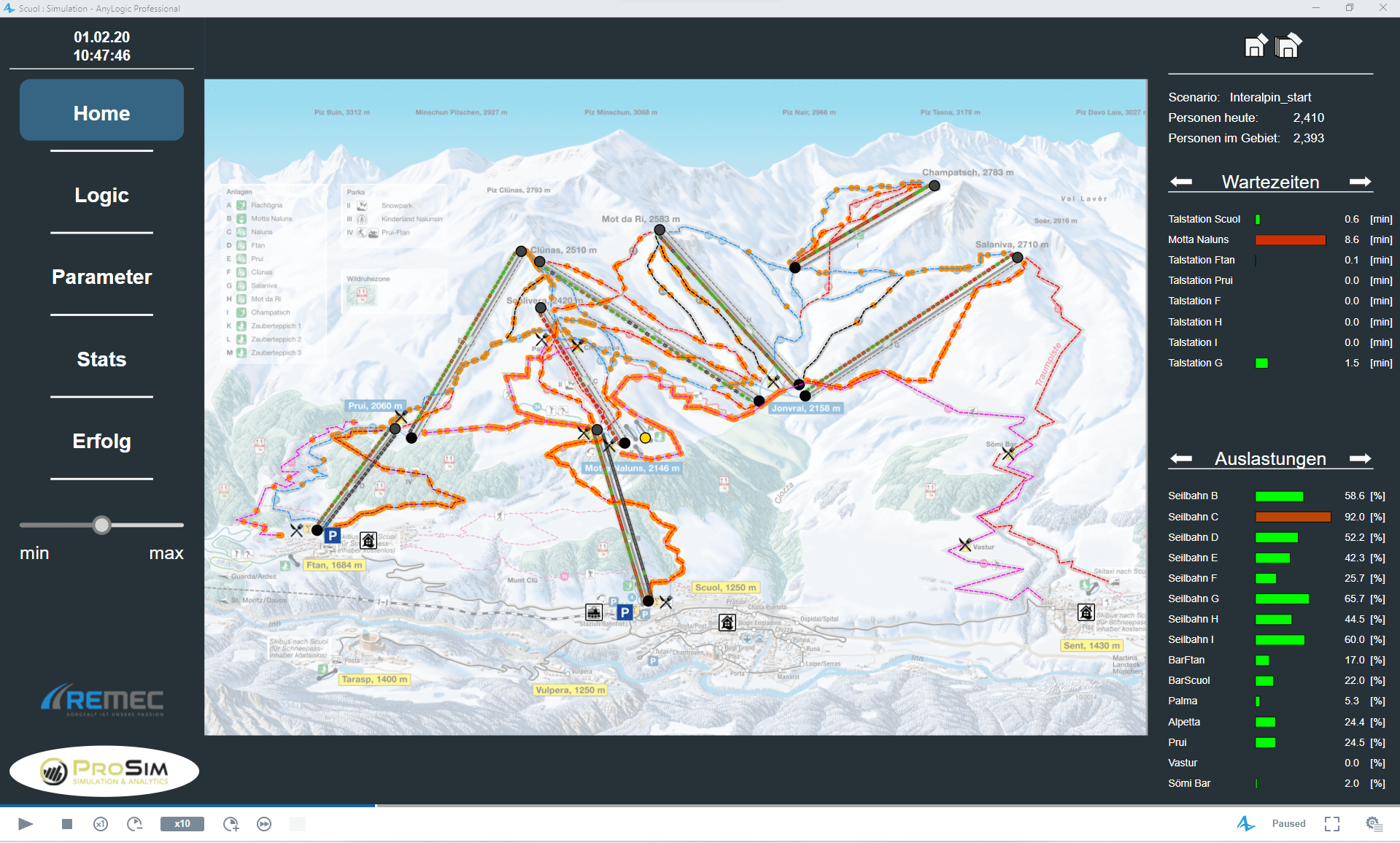
A reflection of reality – and a model for the future
POLLUX is essentially the digital twin of a real ski resort. “With POLLUX, our customers optimize ongoing operations, assess capacities, or test new strategies for the expansion and construction of lifts and slopes,“ summarizes Johannes Stadler, CEO of REMEC.
With the simulation tool, mountain railway operators digitally map their areas and analyze development opportunities in advance. This significantly facilitates planning.
“POLLUX simulates the entire operating day with all its dependencies, such as people flows, cable cars, valley and mountain stations, restaurants, or parking lots,“ reports Stadler.
Pollux
The parameters of a planned cable car can be easily changed.
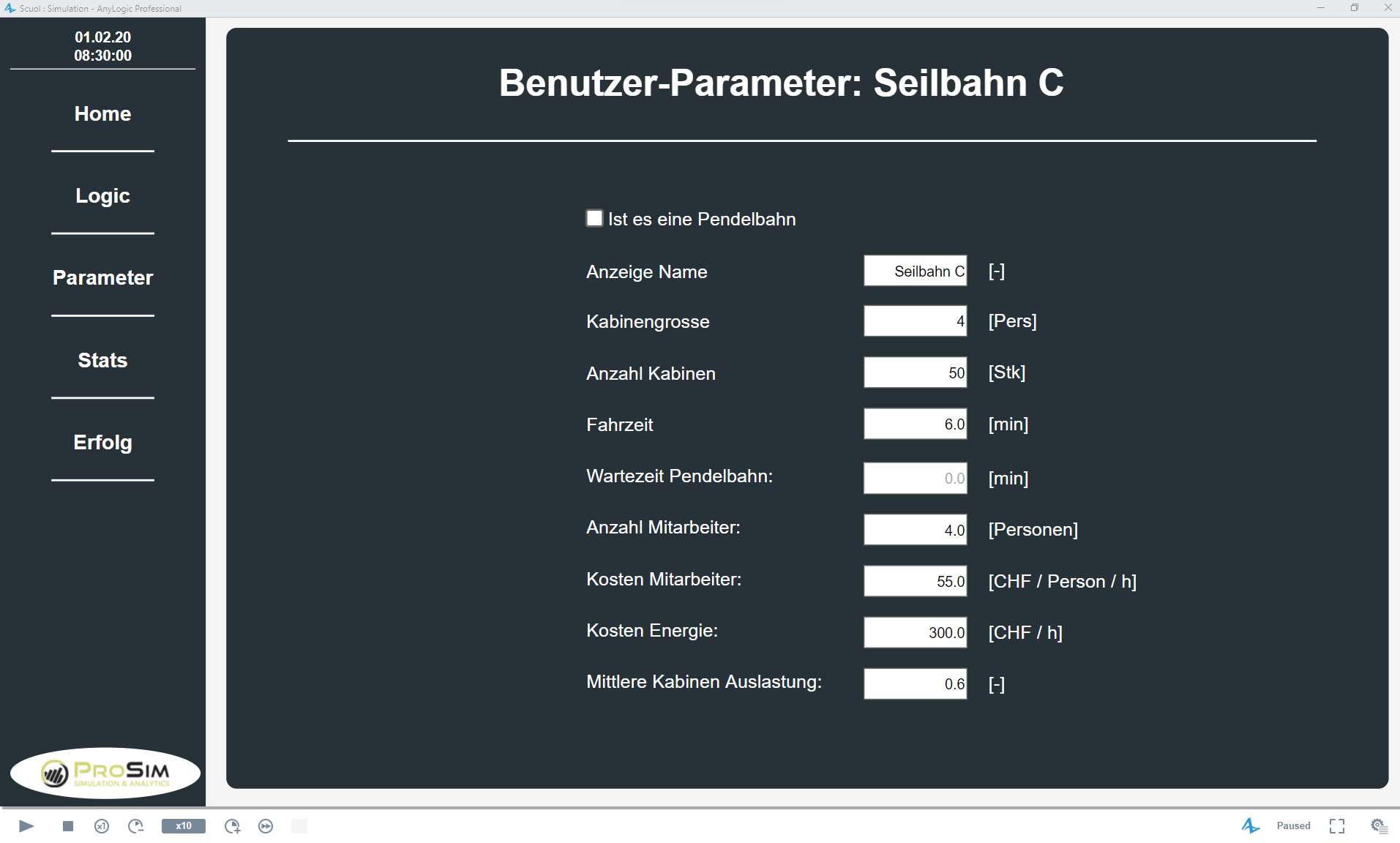
Testing new strategies
Concretely, various strategies can be tested with POLLUX, such as how a replacement lift should be dimensioned or to what extent the ski resort could be expanded with new lifts.
New slope routes are also tested with a few clicks to see if they are feasible and sensible. “With POLLUX, various parameters can be played through. Customers can test different guest behaviors and pricing models,“ adds Stadler.
Checking daily operations
However, POLLUX not only simulates the medium- and longterm future: the AI tool is also an important helper for daily operations. “Increase customer satisfaction by reducing waiting times at lifts and ticket counters,“ Stadler gives an example.
With the insights from POLLUX, ski resort operators can also reduce energy consumption, optimize revenue and costs, and plan capacities for lifts, ticket counters, restaurants, or parking lots.
Pollux
simulates visitor numbers, ticket sales, and first entries.
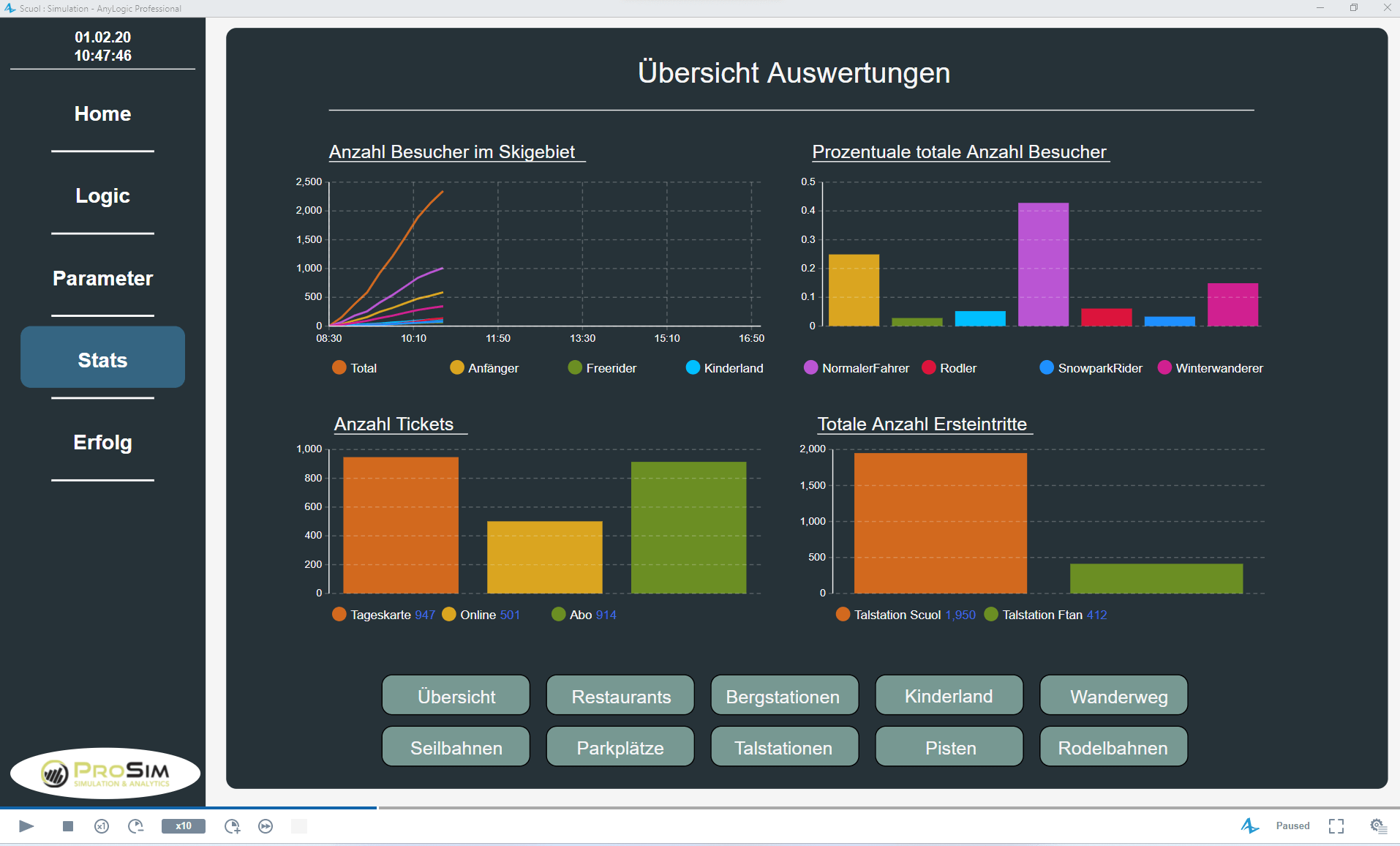
Simulation model with eight components
In POLLUX, various types of cable cars, such as drag lifts, gondolas, chairlifts, or aerial tramways, are depicted (Component 1). In addition, the software simulates all slopes with their difficulty levels and dependencies (Component 2).
Various feeder systems, which bring skiers, tobogganers, hikers, etc. to the ski resort, can also be transferred to POLLUX. This allows the prediction of people flows (Component 3).
“Of course, our digital twin also depicts the restaurants in the ski area,“ reports Stadler. People who are hungry or thirsty at a certain time can thus be simulated (Component 4).
Since guests often come by car, POLLUX also models the parking lots (Component 5). Other modules include toboggan runs (Component 6) and hiking trails or ski tours (Component 7).
Last but not least, POLLUX calculates the costs and revenues for the mentioned elements (Component 8). Additional modules can be incorporated into the simulation model as needed.
Pollux
The digital twin of the ski resort also includes profit calculations.
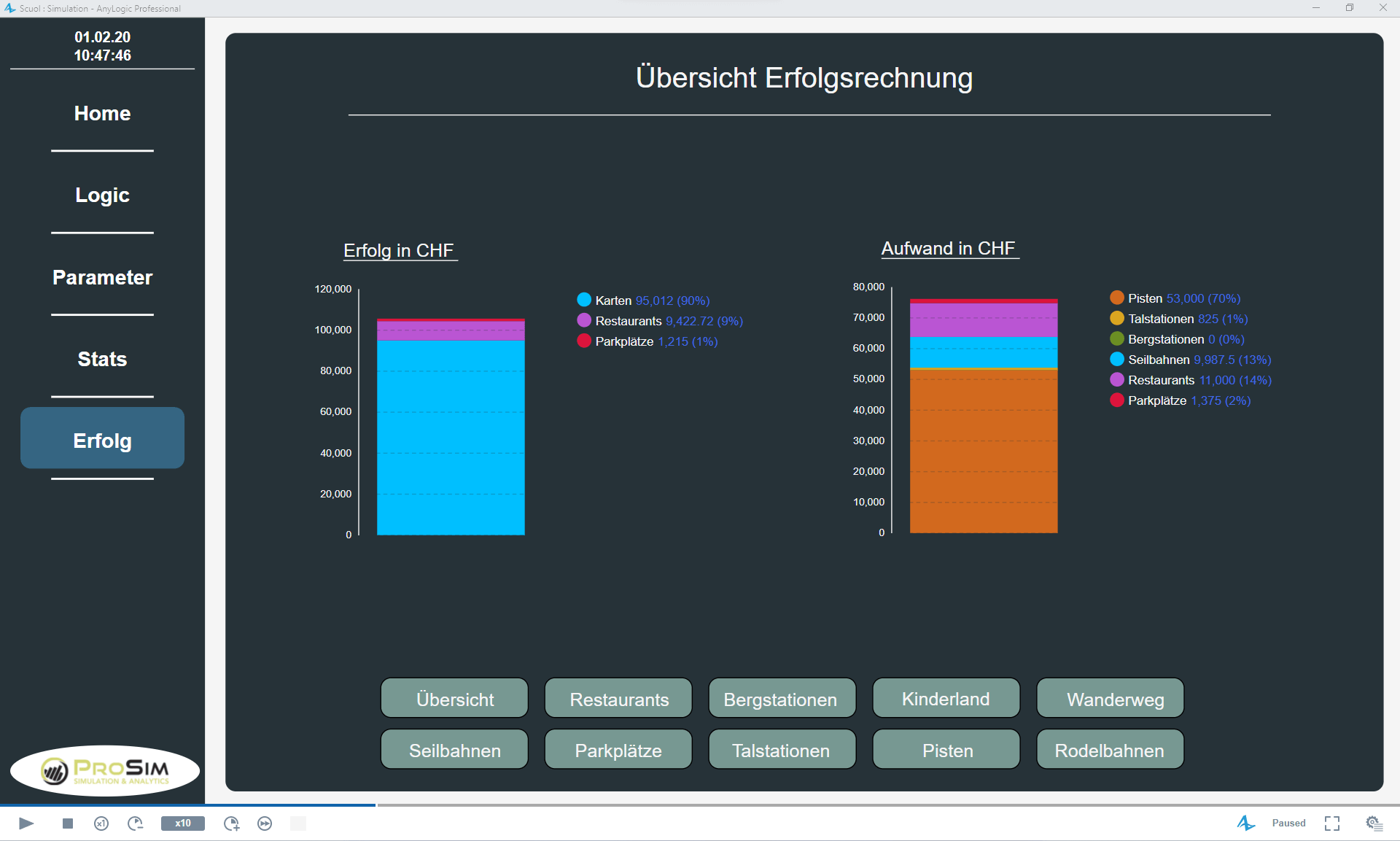
Sources
For POLLUX to simulate, the system requires the current state of a ski resort. To do this, the model is fed with data from access systems, cable car controls, snow programs, fleet management, parking lot analyses, restaurant balances, traffic statistics, weather stations, etc.
“As an independent provider, we can connect all major suppliers in the industry and a variety of data sources,“ Stadler is pleased. Within about three meetings with the customer, the company REMEC simulates POLLUX until the model matches reality.
Pollux
Utilization and costs of cable cars can be tested.
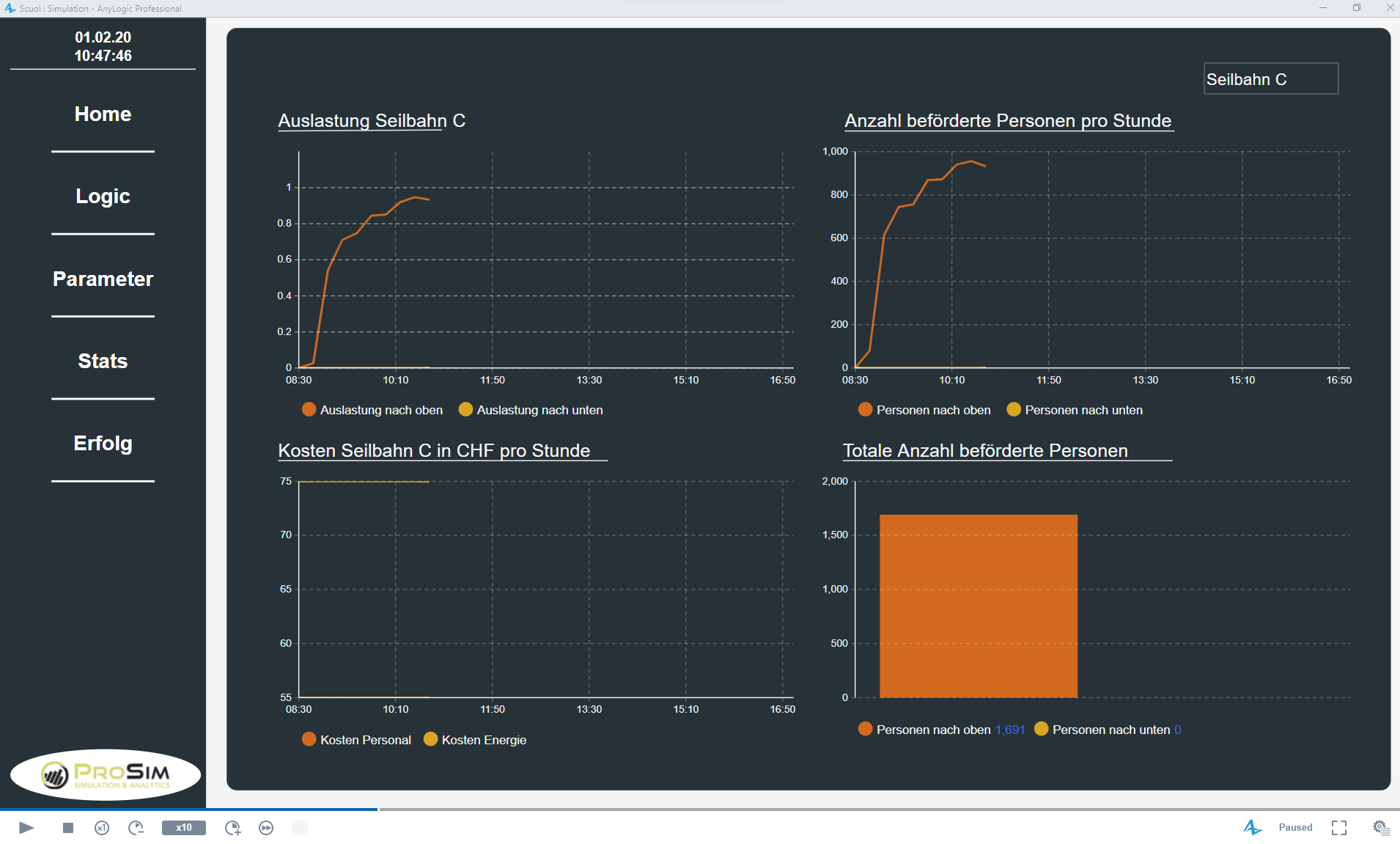
Every point is a person
Once the current state is established, the user can change the parameters with a few inputs or clicks. The user immediately sees the visitor simulation with different groups, such as professional skiers, families, or non-skiers.
“Every point on the map is a person with assigned skills,“ explains Stadler. POLLUX calculates decision points for each guest and tracks them throughout the day. The AI simulation can be manually overridden if the user has different empirical values.
Nevertheless, the data-based simulation generally replaces gut feeling. Or as Johannes Stadler puts it: “Simulate your ideas instead of making expensive mistakes!“
